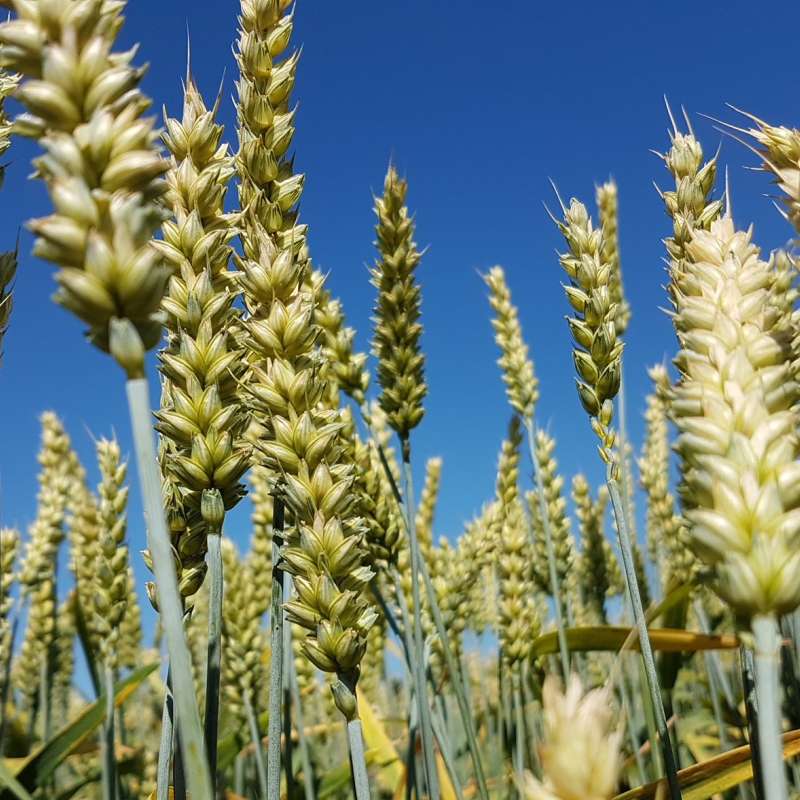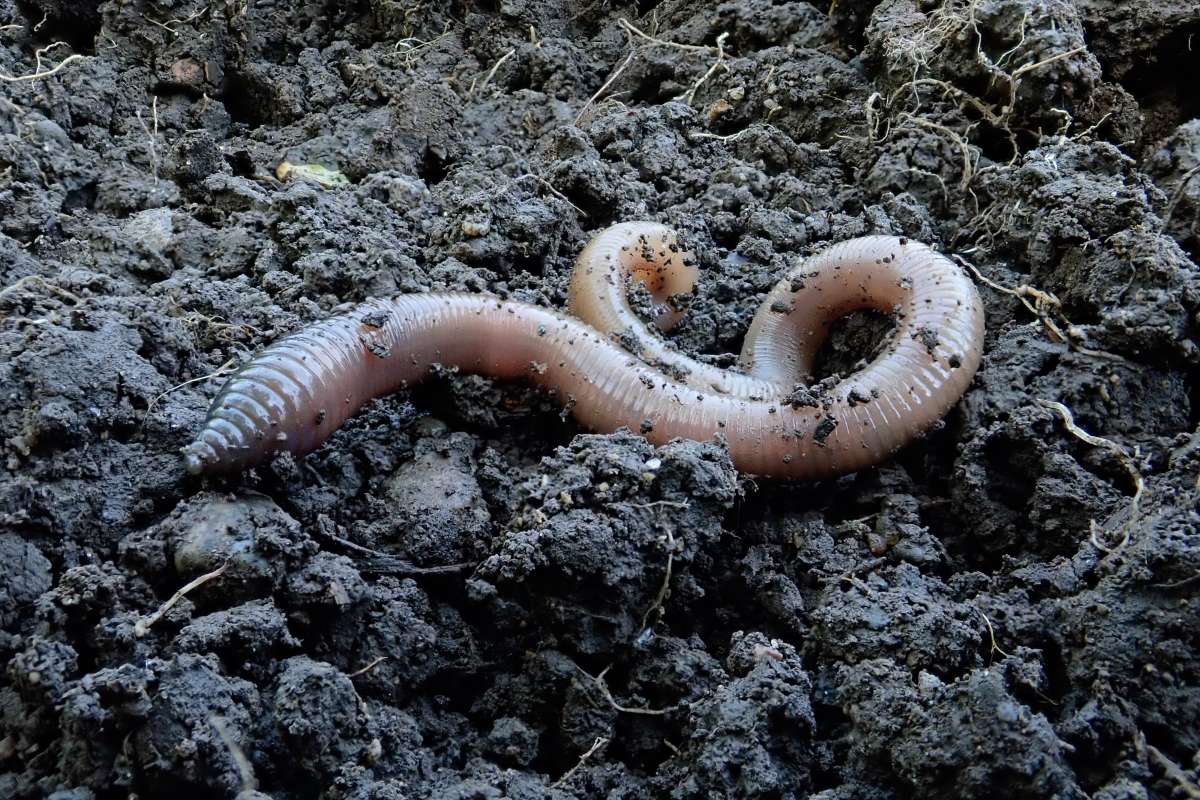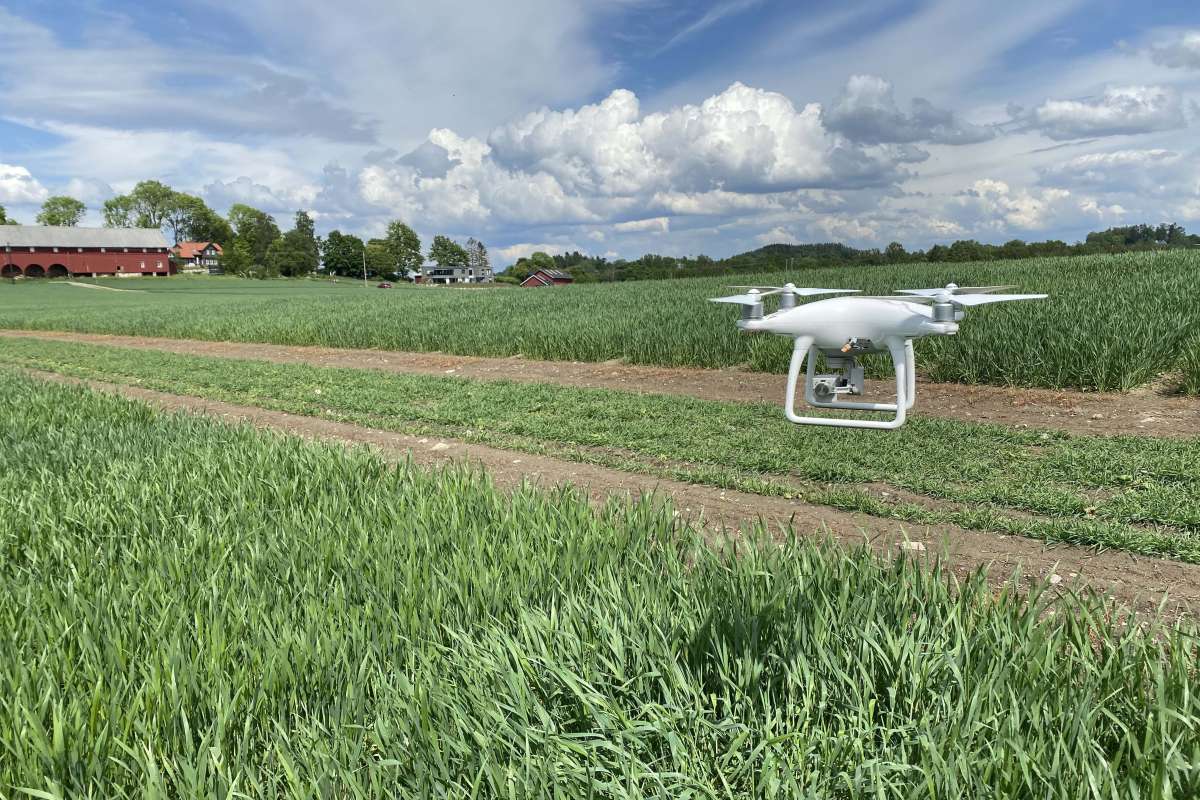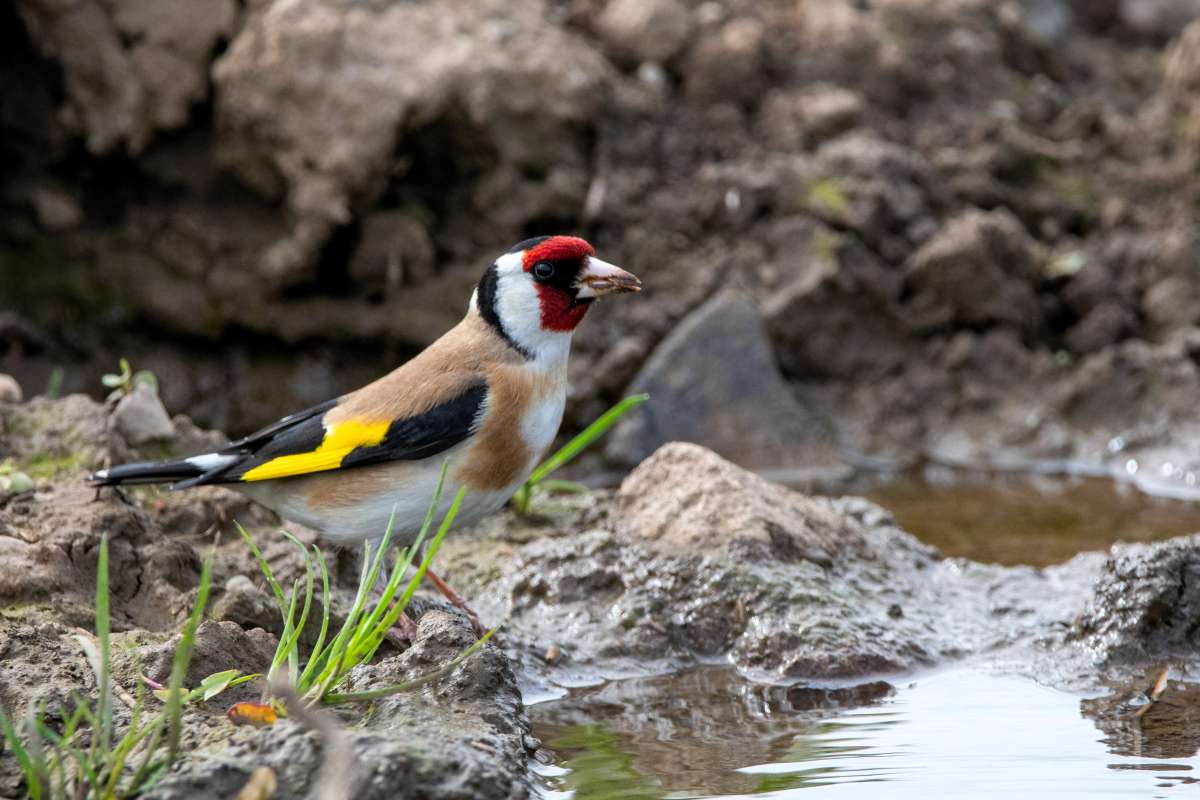Climate-resilient cultivation of winter wheat
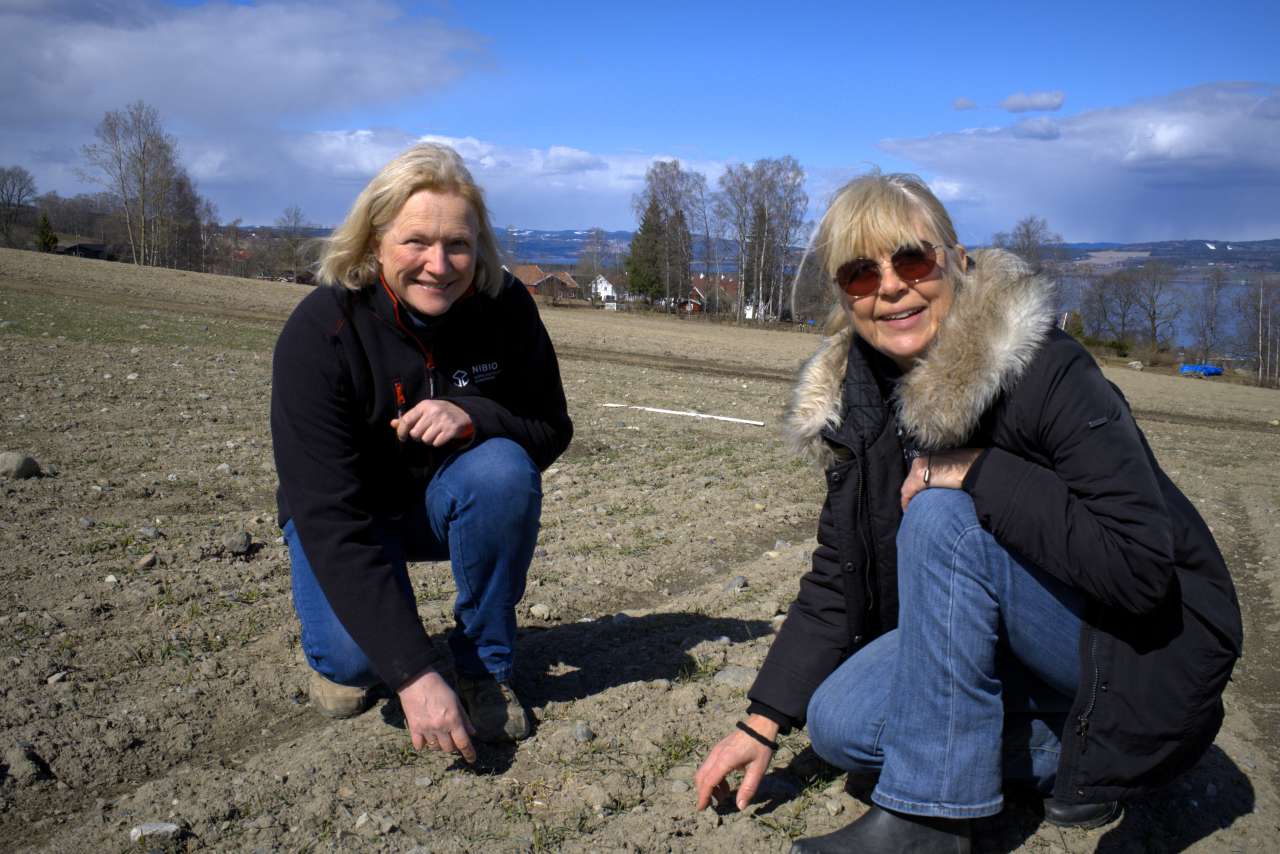
Annbjørg Kristoffersen and Ingerd Skow Hofgaard examining snow mold in winter cereals. Photo: Silje Kvist Simonsen, NIBIO
The production of Norwegian winter wheat varies greatly from year to year. Now, researchers from NIBIO have investigated how we can achieve more consistent production and better crop quality.
If we aim to become more self-sufficient in food, we simply need to produce more. That’s why there has been a need to find varieties and cultivation strategies that improve the quality of Norwegian winter wheat—that is, wheat sown in the autumn. In the Prohøst project, NIBIO and its partners have, over the past four years, explored how to achieve better and more resilient establishment and cultivation of winter wheat under challenging climatic conditions.
A series of challenges
Last winter was favorable, resulting in good overwintering for winter wheat across Eastern Norway and Trøndelag. Winter wheat has the potential to yield more than spring-sown wheat, especially under optimal and stable growing conditions.
"But that’s rarely the case in Norway," says NIBIO researcher Annbjørg Kristoffersen. She leads the Prohøst research project, which aims to establish a climate-resilient and market-oriented winter wheat production in Norway. The climate—or more precisely, an increasingly unstable climate—is just one of several challenges impacting wheat production
In Norway, wheat plants must survive a long winter and may suffer damage from sudden temperature shifts, which cause the ground to freeze and thaw. Both too much and too little precipitation can also be problematic—this applies in autumn, during winter, when growth resumes in spring, and throughout the growing season.
"The wheat varieties on the market must meet industry quality requirements while also being suitable for Norwegian growing conditions. Since no season is the same, we don’t always achieve either the desired quality or successful overwintering. Therefore, part of our work has been to identify and test varieties better adapted to Norwegian conditions," Kristoffersen continues.
"We’ve also worked on quantifying the probability of achieving food-grade quality for winter wheat in key wheat-growing regions, as well as the likelihood of ending up with feed-grade quality instead."
NIBIO researcher Ingerd Skow Hofgaard explains that periods of low temperatures and good light conditions in autumn increase the plants’ chances of surviving winter, but mild spells during winter can ruin this. Snow protects against cold, but if snow remains long on unfrozen ground, the risk of fungal attacks increases—especially if the plants were large when going into winter.
"However, trials have shown that spraying with a fungicide in the autumn to combat snow mold can improve both yield and quality of winter wheat," says Skow Hofgaard.
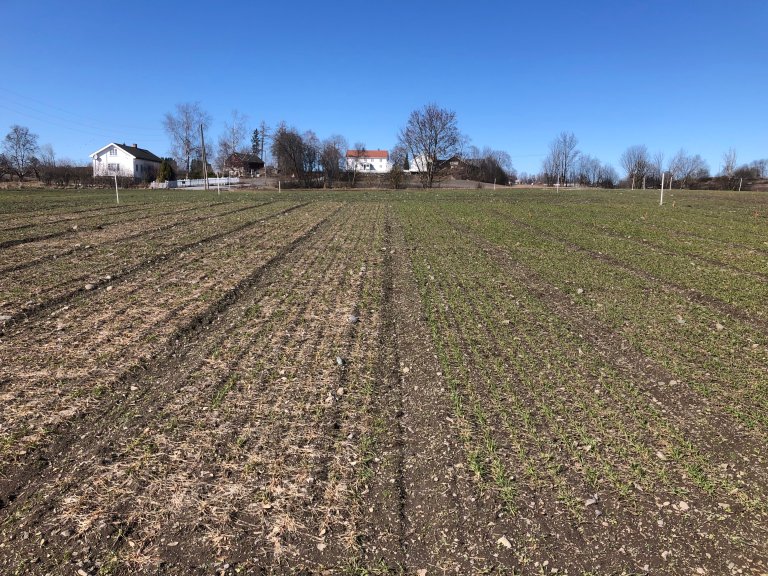
Minimal tillage and good agronomy
Among the trials in Prohøst, minimal tillage methods such as “strip till” and direct drilling were tested during the establishment of winter cereals. Strip till involves tilling only a narrow strip of soil, while in direct drilling, seeds are sown directly into the soil surface without any prior tillage such as plowing or harrowing.
"Both methods yielded good results in trials conducted in Romerike and Follo. The method that performed best varied by location, but overall, minimal tillage resulted in higher yields than plowing throughout the project period. The trials confirm that good agronomic practices—like chopping and spreading straw—are crucial for success," says NIBIO researcher Till Seehusen.
"In light of the changing climate, it’s important to implement efficient measures to take advantage of favorable conditions when they arise. Minimal tillage reduces labor requirements and is therefore an important contribution," Seehusen emphasizes.
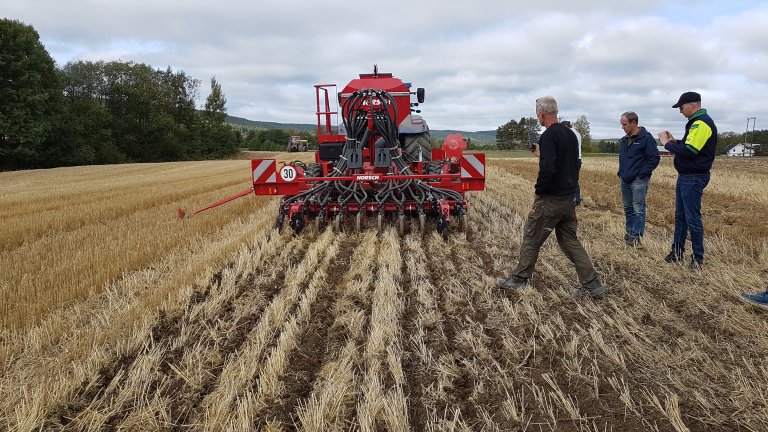
Updated sowing time recommendations
Like all crops, food-grade cereals depend on relatively stable climate conditions. Neither prolonged drought nor waterlogged soil is ideal for growth and production. Winter cereals benefit from growth in autumn and early spring, giving them a longer growing season than spring cereals. If establishment and overwintering are successful, winter cereals have higher yield potential.
"Autumn temperatures have increased in recent years. We’ve also seen a shift in the timing of when growth ceases in the autumn. Depending on local conditions, new optimal sowing times for winter cereals in Eastern Norway have therefore been established," says Annbjørg Kristoffersen.
"Winter barley should be sown somewhat earlier than other winter cereals, and regional environmental regulations may set deadlines for the last sowing date. For regions with a somewhat shorter growing season—such as Hedmark, Oppland, Buskerud, Telemark, and Trøndelag counties—the recommended sowing period is from September 1st to 5th. For inland areas in Østfold, Vestfold, Follo, Romerike, Buskerud, Telemark, Hadeland, the Mjøsa region, and areas around the Trondheimsfjord, the recommended period is September 5th to 15th. For regions with the longest growing season in Østfold, Vestfold, and Aust-Agder, the recommended sowing window is from September 15th to 20th," Kristoffersen concludes.
Contacts

FACTS ABOUT PROHØST – Climate-resilient and market-adapted production of winter wheat in Norway
Project Manager: Annbjørg Kristoffersen, NIBIO
Project duration: 01.05.2021 to 30.04.2025
Project partners: NIBIO, NMBU, Nofima, Graminor, University of Minnesota, University of Hohenheim, Swedish University of Agricultural Sciences
Funding sources: The Research Council of Norway, Yara Norge, Strand Unikorn, Norgesmøllene, Fiskå Mølle Moss, Felleskjøpet Agri, Norwegian Agro Machinery
Final seminar: Open seminar at Nofima, October 28, 2025
Contacts


